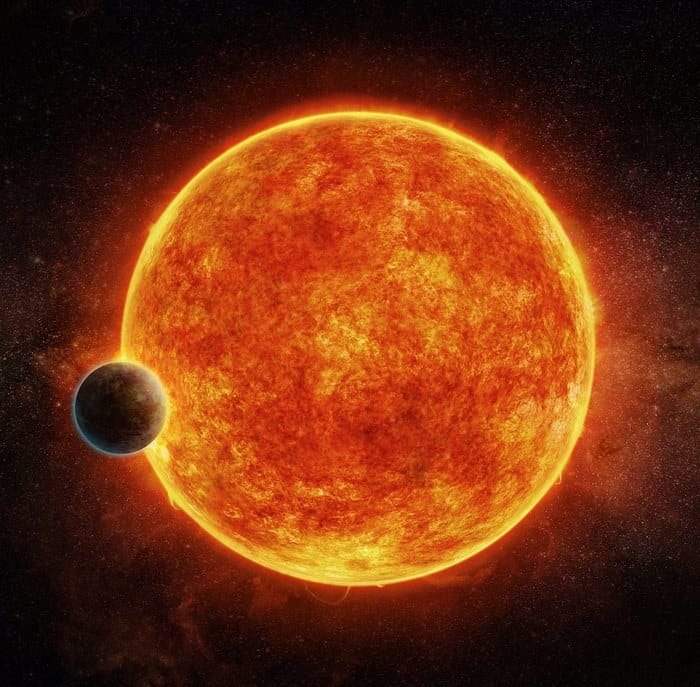An Earth-like planet orbiting a small, cool star not far from our sun could be the best candidate so far for detecting life. The “super-Earth”, a rocky planet about six times the mass of Earth, orbits close in around the star LHS 1140, a red dwarf star about 40 light years from Earth. It’s in the “Goldilocks region”, an orbit where it’s not too hot and not too cold, so liquid water can exist on its surface. There have been nearly 3,500 exoplanets discovered, but the new planet is exciting to scientists because it may be possible to carry out an analysis of its atmosphere with existing telescopes.
You may also like
SCIENTISTS HOPE TO RESTORE EXTINCT GALAPAGOS TORTOISE
Major Hurricane Irma likely to deliver destructive...
Category 5 Irma Takes Aim on Florida
Computer models show Irma inching toward the...
Largest asteroid in a century to whiz by Sept 1
Tropical Storm Harvey likely to inundate Texas with 25...
About the author
Teunis Felter
Teunis Felter has over 20 years experience as an author, editor, and scientist. When not exploring outside, he enjoys reading history, researching genealogy, and civilly discussing politics.







